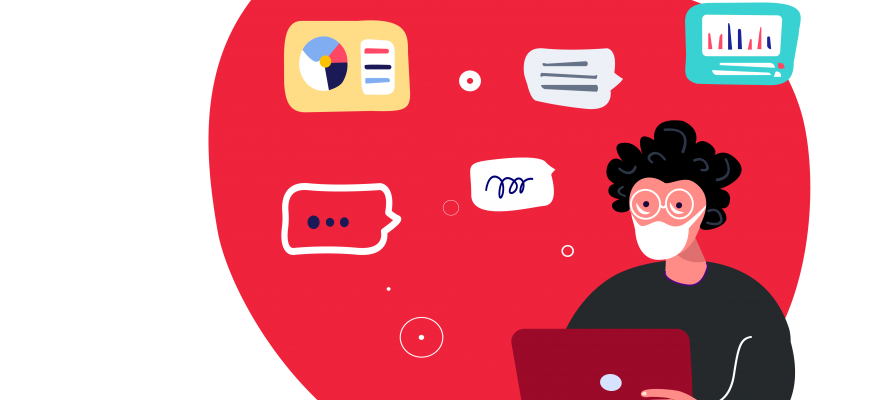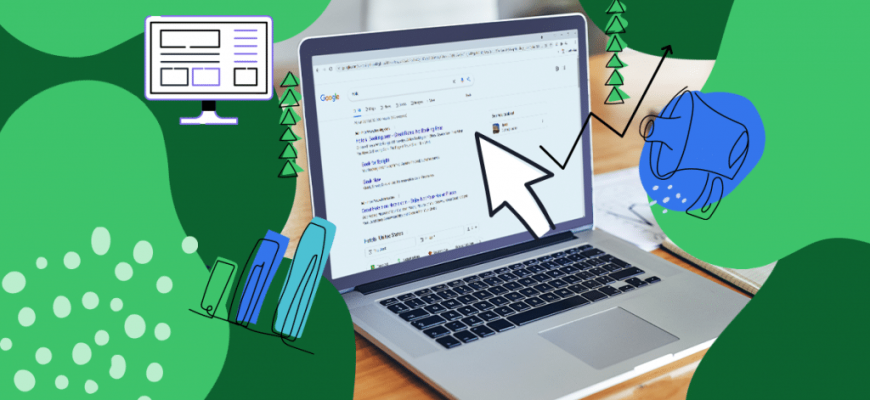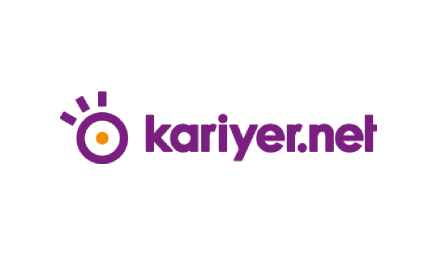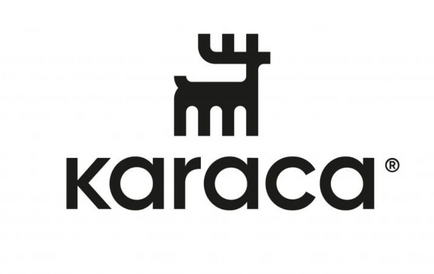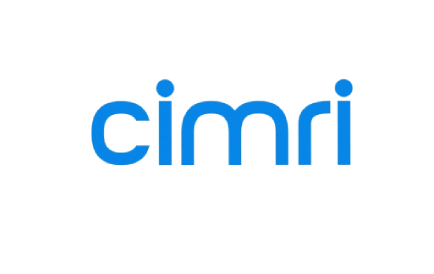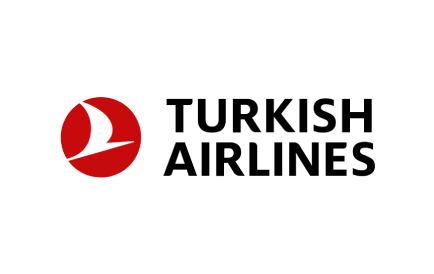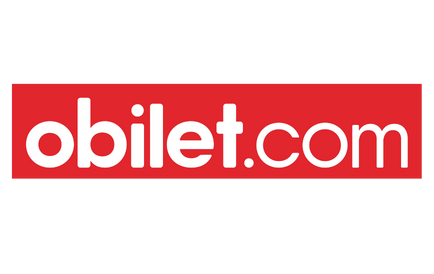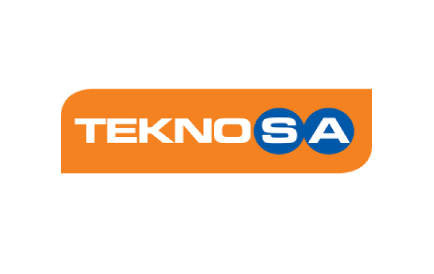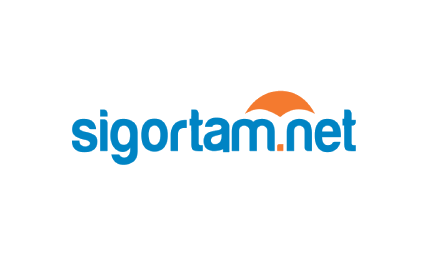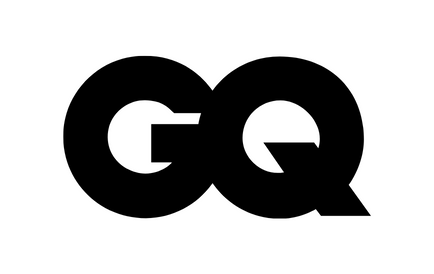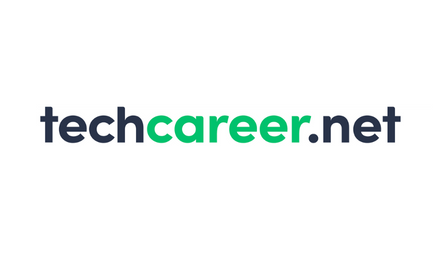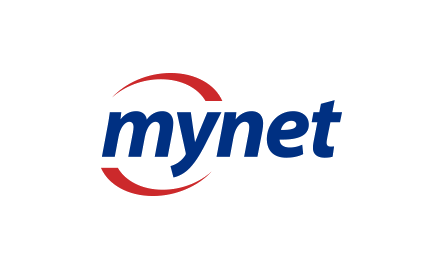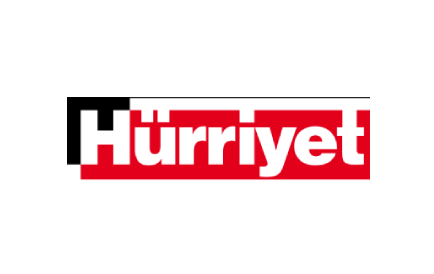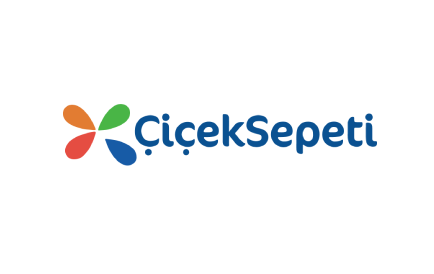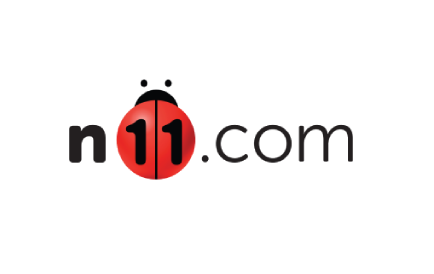
The beginning of SEOç If you've read our guide and are confused by some terms you see, don't worry. We know that learning all the details of SEO vocabulary and jargon can feel like learning another language. A chapter-based SEO glossary with definitions and helpful links to help you understand all the new terms you come across. we compiled. You may want to bookmark this page for later viewing.
Chapter 1: SEO 101
10 Blue Links: The format search engines use to display search results, 10 organic results that all look the same ;.
Black Hat: Search engine optimization practices that violate Google's quality guidelines.
Crawling: The process by which search engines discover your web pages.
De-indexed: Represents a page or group of pages that has been removed from Google's index.
Featured snippets: Organic appearing at the top of SERPs for specific queries the result boxes.
Google My Business Listing: A free listing available to local businesses.
Image Carousels: The image is concluded with some SERPs that can be scrolled from left to right.
Indexing: Storing and organizing content found during crawling.
Intent: In the context of SEO, intent expresses what users really want from the words they type in the search bar.
KPI (Key Performance Indicator): A "key performance indicator" is a measurable value that indicates how well an activity is achieving a goal.
Local Pack: "Oil change nearby" Typically seen for local-purpose searches such as a package of local business listings.
Organic: &placement earned in search results as opposed to paid ads.
Users Also Asked: A box on some SERPs that contains a list of questions about the query and its answers.
Query: Words typed in the search bar.
Sort by: Sorting search results by relevance to the query.
Search engine: An information retrieval program that searches for items in a database that match the request entered by the user. ÖExamples: Google, Bing and Yahoo.
SERP features: Results displayed in a non-standard format.
SERP (Search Engine Results Page): "Search engine resultç page" It means. This is the page you see after doing a search.
Traffic: Visits to a website.
URL (Uniform Resource Locators): Uniform Resource Locators are the locations or addresses of individual pieces of content on the web.
Webmaster guidelines: The direction published by search engines like Google and Bing to help site owners create content that will be found, indexed and performing well in search results; instructions.
White Hat: Search engine optimization practices in accordance with Google's quality guidelines.
Chapter 2: How Search Engines Work - Crawling, Indexing and Ranking
2xx status codes: A class of status codes that indicate a successful page request.
4xx status codes: A status code class that indicates a page request that ended with an error.
5xx status codes: A status code class that indicates that the server was unable to process the request.
Advanced search operators: Special characters and commands that you can type in the search bar to further refine your query.
Algorithms: A process by which stored information is retrieved and sorted in meaningful ways; or formula&l.
Backlinks: Backlinks or "inbound links" to your website Links from other referring websites.
Bots: "crawlers" or "spiders" Also known as those who scan the internet to find content.
Caching: A saved version of your webpage.
Caffeine: Google's web indexing system. Caffeine is the directory or collection of web content, while Googlebot is the crawler that exits and finds the content.
Citiations: "Business listing" Also known as a citation, it is a web-based reference to the name, address, and phone number (NAP) of a local business.
Cloaking: Do not show content to search engines that is different from what you show users.
Crawl budget: The average number of pages a search engine bot will crawl on your site.
Browser guidelines: Instructions about what you want the crawler to crawl and index on your site.
Distance: In the context of the local package, distance means proximity or the location of the searcher and/or the location specified in the query.
Engagement: Data showing how searchers interact with your site from search results.
Google Quality Guidelines: Bad" Google's published guidelines detailing prohibited tactics as they are intended and/or intended to manipulate search results.
Google Search Console: A free program provided by Google that allows site owners to monitor how their site is performing in search.
HTML (Hypertext markup language): The language used to create web pages.
Index Coverage report: A report in Google Search Console that shows the indexing status of your site's pages.
Index (Index): What search engine crawlers discover and see well enough to serve searchers; A huge database of all content.
Internal Links: Links that lead to other pages on your own site.
JavaScript: A programming language that adds dynamic elements to static web pages.
Login forms: Refers to pages that require login authentication in order for a visitor to access the content.
Manual penalty: A Google manual action where a real reviewer determines that certain pages on your site violate Google's quality guidelines.
Meta robot tag: Code that provides crawlers with instructions on how to crawl or index web page content.
Navigation: A list of links that help visitors navigate to other pages on your site. These usually appear at the top of your website (“top navigation”), in your website side column (“side navigation”), or in a list at the bottom of your website (“footer navigation”). .
NoIndex tag: A meta tag that tells a search engine not to index the page it is on.
PageRank: A component of Google's core algorithm. It is a link analysis program that estimates the importance of a web page by measuring the quality and quantity of links directed to it.
Personalization: A search engine's ability to display a person's results as unique to themselves, such as their location and search history; It expresses the way of changing according to the factors.
Prominence (Ömoisture): In the context of Local Pack, öprominence refers to businesses that are well known and loved in the real world.
RankBrain: The machine learning component of Google's core algorithm that adjusts rankings by promoting the most relevant helpful results.
Relevance: In the context of Local Pack, relevance is how well a local business matches what the searcher is searching for.
Robots.txt: Files that advise which parts of your site search engines should be crawled and which should not.
Search form lari: Refers to search functions or search bars on a website that help users find pages on that website.
Search Quality Rater Guidelines: Search Quality Evaluation Guidelines are guidelines for human evaluators working for Google to determine the quality of real web pages. /p>
Sitemap: List of URLs on your site that crawlers can use to discover and index your content.
Spam tactics: "Black Hat" Such spam tactics are tactics that violate search engine quality guidelines.
URL folders: The section of a website after the TLD (“.com”) separated by italic lines (“/”) ;ms. "For example, “moz.com/blog”da “/blog” we can say it is a class.
URL parameters: Information after a question mark inserted in a URL to replace the page's content (active parameter) or tracking information (passive parameter).
X-robots-tag: Like meta robots tags, this tag provides crawlers with instructions on how to crawl or index web page content.
Chapter 3: Keyword Research
Ambiguous intent: Denotes a search expression where the caller's intent is unclear and requires more specification.
Commercial research queries: A query where the searcher wants to compare products to find the best fit for them.
Information queries: A query where the caller searches for information, such as an answer to a question.
Keyword Difficulty: Keyword Difficulty in Moz is an estimate in the form of a numerical score of how difficult it is for a site to outperform its competitors.
Keyword Explorer: A Moz tool for in-depth keyword research and discovery.
Local inquiries: "Cafes near me" or "gyms in Brooklyn" query where the searcher searches for something in a specific location.
Long-tail keywords: Longer queries are usually queries with more than three words. As an indication of their length, they are often more specific than short-tailed queries.
Navigation queries: A query where the caller is used to reaching a specific location, such as the Moz blog (query = “Moz blog”).
Regional keywords: Regional to a specific locale; stands for keywords. "For example, in Kansas, the "pop" or use Google Trends to see if "soda" is the more popular term.
Search volume: The number of times a keyword was searched. Many keyword research tools show an estimated monthly search volume.
Season trends: The most popular "Halloween costumes" the week before October 31st; Expresses the popularity of keywords such as
Seed keywords: Core keywords are the term we use to describe the primary words that describe the product or service you provide.
Transactional queries: The searcher wants to take an action, such as buying something. If keyword types were included in the marketing funnel, transactional queries would be at the bottom.
Chapter 4: In-Site Optimization
Alternative text: Text in HTML code that describes images on web pages.
Link text: The text you link to pages with.
Automatically generated content: Programmatically generated content that is not written by humans.
Duplicate content: Content shared between domains or multiple pages of a single domain.
Geographic modifiers: Terms describing a physical location or service area. "For example "pizza" not geographically changed but "pizza in Seattle" changed.
Header tags: An HTML used to indicate headers on your page öitem.
Image compression: Image without sacrificing image quality The act of speeding up web pages by reducing file sizes.
Image sitemap: A sitemap containing only image URLs from a website.
Keyword stuffing: A spammy tactic that involves the overuse of important keywords and their derivatives in your content and links.
Link accessibility: The ease with which a link is found by users or browsers.
Link equivalence: The value or authority that a link can pass to its destination.
Link volume: The amount of links on a page.
Local business schema: Structured data markup placed on a web page that helps search engines understand information about a business.
Meta descriptions: HTML elements that describe the content of the page they are on. Sometimes Google uses them as description lines in search result snippets.
Panda: A Google algorithm update targeting low-quality content.
Protocol: The previous “http” or “https”. This protocol manages how data is transferred between the server and the browser.
Redirection: When a URL is moved from one location to another. Usually a redirect is permanent (redirect 301).
Rel=canonical: A tag that allows site administrators to tell Google which version of a webpage is an original and which is a copy .
Scraped content: Taking content from websites you do not own and reposting it on your own site without permission.
SSL (Secure Sockets Layer) certificate: Used to encrypt data transmitted between the web server and the searcher's browser.
Weak content: Content that adds little or no value to the visitor.
Thumbnails: Thumbnails are a thumbnail version of a larger image.
Title tag: An HTML öelement that specifies the title of a web page.
Chapter 5: Technical Optimization
AMP (Accelerated Mobile Pages): Usually "diet HTML"; Accelerated mobile pages, defined as mobile visits, are designed to make the viewing experience lightning fast.
Async: " Asynchronous, async, means that the browser does not have to wait for a task to finish when rendering your web page before moving on to the next one.
Browser: A web browser such as Chrome or Firefox is software that allows you to access information on the web. When you make a request in your browser ("google.com"), you are instructing your browser to obtain the necessary resources to render that page on your device.
Bundling: Combining multiple resources into a single resource.
ccTLD: " ccTLD, short for Country Code Top Level Domain, refers to domains associated with countries. For example, .ru is the recognized ccTLD for Russia.
Client-side & server-side rendering: Client-side and server-side rendering shows where the code runs. The client-side file is executed in the browser. It means. Server-side files are executed on the server and it means that the server sends them to the browser in the fully rendered state.
Critical rendering path: Sequence of steps a browser takes to render HTML, CSS, and JavaScript into a viewable web page .
CSS (Cascading Style Sheet): The code that makes a website appear in a certain way (&oscading fonts and colors).
DNS (Domain Name Server): A Domain Name Server's domain names (ör: "moz.com") have IP addresses (ör: "127.0.0.1") DNS basically translates domain names into IP addresses so browsers can load the page's resources.
DOM (The Document Object Model): The structure of an HTML document. Defines how this document can be accessed and modified by code such as JavaScript.
Domain name registrar: The company that manages the reservation of internet domain names. ÖExample: GoDaddy.
Faceted navigation: Oriented, usually used on e-commerce websites; navigations offer a range of sorting and filtering options to help visitors more easily find the URL they're looking for among a pile of thousands or even millions of URLs. For example, you can sort a clothing page by price: low to high, or filter the page to display only the size: small.
Fetch and Render tool: How Google renders a web page in Google Search Console; It is a tool that lets you see.
File compression: The process of encoding information using fewer bits; reduce the size of the file. There are many different compression techniques.
Hreflang: The tag that tells Google what language the content is in. This tag is Google's appropriate language version of your page. It helps to present it to people searching in that language.
IP address: An internet protocol&; The address is unique to each particular website. is a string of numbers. We assign domain names to IP addresses because they're easier for people to remember (for example, "moz.com"), but the internet needs these numbers to find websites.
JSON-LD (JavaScript Object Notation for Linked Data): The JavaScript Object Notation for Linked Data is a format for structuring your data. For example, schema.org can be implemented in a number of different formats, JSON-LD is just one of them, but it is the Google preferred format.
Lazy loading: Needs an object to be loaded; a way to delay until you hear it. This method is usually used to increase page speed.
Minification: Minimize as many unnecessary characters as possible from the source code without changing the function. means take off. Compression shrinks something, while shrinking actually removes something.
Mobile priority indexing: Google started phasing out websites to mobile-first indexing in 2018. This change makes Google's pages your desktop. means it crawls and indexes based on mobile versions instead of mobile versions.
Pagination: A website owner may choose to divide a page into multiple parts, similar to pages in a book. This can be especially helpful on very large pages. The distinguishing features of a paginated page are where each page falls in the larger order. showing rel=”next” and rel=”prev” are tags. These tags help Google understand that pages must have combined link properties and that searchers should be sent to the first page in the sequence.
Programming language: Writing instructions in a way that a computer can understand. For example, JavaScript is a programming language that adds dynamic (non-static) elements to a web page.
Rendering: The process of a browser rendering a website's code into a viewable page.
Render-blocking scripts: A script that forces your browser to wait for the page to be rendered. Render-blocking scripts can add extra roundtrips before your browser can fully render a page.
Responsive design: The responsive design website, which is Google's preferred design model for mobile-friendly websites, depends on which device it is displayed on. makes it fit.
Rich snippet: The result of snippet, Google and other search enginesç is the title and description preview where it shows the URLs on the page. That's why "rich" A snippet is an enhanced version of the standard snippet. Some rich snippets can be promoted using structured data markup, such as review markup, which is displayed as rating stars next to these URLs in search results.
Schema.org: The code that scans the elements of your web page to provide additional information to the search engine. Data using Schema.org is "unstructured" instead of "configured" is called. In other words, organized rather than unorganized.
SRCSET: Like responsive design for images, SRCSET like what version of the image for different situations? Indicates that the name will be displayed.
Structured Data: "Organized" another way of saying data (as opposed to unorganized). Schema.org is, for example, a way to structure your data by tagging it with additional information that helps the search engine understand it.
Chapter 6: Linking and Authorization
10x content: By Rand Fishkin "10x better" than anything else on the web for the same subject. It was created to describe the content.
Amplification: Sharing or disseminating words about your brand; It is often used in the context of social media, paid advertising, and influencer marketing.
DA (Domain Authority): A Moz metric used to estimate the ranking ability of a domain; It is a comparative metric best used (ie comparing a website's DA score to that of its direct competitors).
Deindexed: A URL, part of URLs; or the removal of an entire domain from a search engine index. This can happen for a variety of reasons, such as manually penalizing a website for violating Google's quality guidelines.
Directory links: In the context of local SEO, a "Index" is an aggregated list of local businesses that typically includes each business's name, address, phone number (NAP) and other information such as their website. "Index" can also refer to a type of unnatural link that violates Google's guidelines: "low quality directory or bookmark sitelinks."
Editorial links: Links are considered editorial when they are earned naturally and given voluntarily by an author (rather than by attempting or coercing).
Follow: The default status of a link is “follow” links pass PageRank.
Google Analytics: Free (with option to choose upgraded features) that helps website owners gain insight into how people interact with their websites a vehicle. Some examples of reports you can see in Google Analytics, acquisition reports showing which channels your visitors are coming from, and feedback showing the rate at which people complete goals (see form filling) on your website; Includes m reports.
Google search operators: Custom text that can be added to your query to further indicate what type of results you are looking for. For example, "site:" before a domain name add can show a list of all (or many) indexed pages in that domain.
Guest blogging: An article in a post in the hopes that they will extract your guest blogging content, often used as a link building strategy, and allow you to add a link to your website (or idea for an article). Be careful though. Keyword-rich link, large-scale guest ad campaigns with text links are a violation of Google's quality guidelines.
Link building: While this activity may seem like it involves creating links to your website yourself, link building actually describes the process of gaining links to your site in order to establish your site's authority in search engines.< /p>
Link exchange: Link exchanges, also known as reciprocal linking, “give me a link and I'll link to you” Includes tactics. Excessive link exchanges are a violation of Google's quality guidelines.
Link Explorer: A tool for Moz's link discovery and analysis.
Link profile: A term used to describe all inbound links to a particular domain, subdomain, or URL.
Linked unstructured citations: References to a business's full or partial contact information on a non-indexed platform (news, blogs, top lists, etc.)
MozBar: An extension available for the Chrome browser that allows you to easily view metrics such as DA, PA, title tag and more for the selected page.
NoFollow: rel=”nofollow” Links marked with do not pass PageRank. Google encourages their use in some cases, such as when saying a link.
PA (Page Authority): Similar to DA, Page Authority estimates the ranking ability of a single page.
Links purchased: Exchanging money or something else of value for a link. If a link is purchased, it constitutes an advertisement and must be marked with the nofollow tag to prevent it from exceeding PageRank.
Qualified traffic: Traffic is "qualified"; usually means that the visit is relevant to the intended topic of the page and therefore the visitor is more likely to find and convert the content useful.
Referral Traffic: Traffic sent to a website from another website. "For example, if your website receives visits from people who click on your site from a link on Facebook, Google Analytics will report this traffic as "facebook.com / referral";
Source pages: Resource pages, often used for link building purposes, contain a list of useful links to other websites. "For example, if your business sells email marketing software "resources" You can look at the marketing thread and reach the owners of the sites in question to see if they can add a link to your website on their page.
Sentiment (Emotion/Feeling): What people think of your brand.
Spam Score: A Moz metric used to measure a domain's relative risk of being penalized using a set of flags that are highly correlated with penalized sites.
Unnatural links: Google unnatural links "create links that are not editorially placed or approved on a page by the site owner"; define as. This identification is a violation of its guidelines and may result in a penalty for the offending website.
Chapter 7: Measuring, Prioritizing and Executing SEO
API (Application Programming Interface): An application programming interface allows the creation of applications by accessing the properties or data of another service, such as an operating system or application.
Bounce rate: The percentage of total visits to your site that did not result in a secondary action. For example, if someone visited your home page and then left without viewing other pages, it would be a bounce session.
Channel: Different tools like organic search and social media where you can attract attention and get traffic.
Click-through rate: The ratio of clicks to your URLs to views
Conversion rate: The ratio of visits to conversions. People who fill out my conversion rate forms, call, sign up for my newsletter, etc.
Qualified lead: If you use your website to encourage potential customers to contact you via phone call or form, every communication you receive is a " is a 'potential customer'. All of these potential customers; There will be no customers, but "qualified"; potential customerRelevant potential customers who are highly likely to be the customers making the move.
Google Analytics goals: What actions do you hope people take on your website? Whatever your answer, you can set them as goals in Google Analytics to monitor your conversion rate.
Google Tag Manager: One hub to manage multiple website tracking codes.
Googlebot / Bingbot: How major search engines like Google and Bing crawl the web; "browsers" or "spiders".
Kanban: A scheduling system.
Pages per session: " page depth " Also called pages per session, it defines the average number of pages people view on your website in a single session.
Page speed: It consists of equally important attributes such as page speed, initial content/meaningful coloring, and engagement time.
Pruning: In an SEO context, pruning usually means removing low quality pages to improve the overall quality of the site.
Scroll depth: A method of tracking how far down your visits have scrolled your pages.
Scrum board: The method of keeping track of tasks that need to be completed in order to achieve a larger goal.
Search traffic: Visits to your websites from search engines such as Google.
Time on page: The time someone spends on your page before clicking on the next page. Since Google Analytics tracks the time spent on the page when they click on your next page, bouncing sessions will show 0 time on the page.
UTM (Urchin Tracking Module): Click-related resource, toolç and it's a simple code that you can add to the end of your URL to track additional details like the campaign name.
“SEO requires attention and patience. To be successful, follow the changing technological developments closely.”
– SEOART TEAM
The beginning here isç By following these seven steps with our guide, we can achieve a successful SEO:
- Getting Started Guide : Crawl accessibility so engines can read your website
- SEO 101 : Engaging content that answers searchers' questions
- SEO Glossary : Snippet/schema markup to stand out in SERPs
- Keyword Research : Keyword research is a vital part of SEO that can help you to drive more traffic and conversions to your website. By understanding your target audience's search behavior and optimizing your content with the right keywords and phrases, you can improve your website's visibility and ranking in search results. So, start your keyword research today and see the difference it can make to your SEO efforts.
- Browsing, Indexing, Sorting : Keyword optimized to attract searchers and search engines
- On-Page SEO : Share-worthy content winning links, quotes, and amplifications
- Technical SEO : Title, URL and description to achieve high CTR in rankings
- Link Building and Authority : Snippet/schema markup to stand out in SERPs
- Measurement and Monitoring : Measurement and Monitoring
- :
- :
- :
- :
- :
- :
- Interaction to Next Paint (INP) :
- :
- :
- :
- :
- :
You may also be interested in
Find Out Your SEO Score!
Sign up for our e-newsletter form and confirm your e-mail address to be one of the first to access the newsletters we prepare free of charge as seoart.
Fill out the form to get detailed information about search engine optimization.ABOUT Seoart

